Roman Empire As It Once Was (How Roman City Looked Like)

When the Roman Empire was at the peak of its power, 29 major roads led from the center of the empire, which were then dispersed into the network of smaller paths, which sculpted the entire empire. The great builders of the Romans were well aware of the benefits brought about by the diversified road system and well-established routes, which allowed the armies and, ultimately, the merchants to reach the goal faster.

View of Porto Fluviale, the area of the former port, where new excavations will soon begin.
The Largest Untapped Roman City
Aquileia, they say that this is the largest unexplored Roman city in Italy. The settlement, which now has more than 2,500 inhabitants, counted 100,000 in golden antiquity (2nd century n.). It was one of perhaps the ten most important cities of the Roman Empire and an important port in which ships were supplied with amphorae with goods from all over the Mediterranean. When we are walking today partly with the grass overgrown remains of the former port (Porto fluviale), it is necessary to imagine the imposing waters of the Natisone - Torre river, which was reoriented in 361 by the Roman Emperor in place of the present small river flow of Natisse.
Below you can see animated reconstructions, which make it easier to imagine what the ancient Aquileia was like in golden times.
(Reconstruction was prepared at the Aquileia Foundation)
Ancient Roman Port (Picture From The Local Museum)
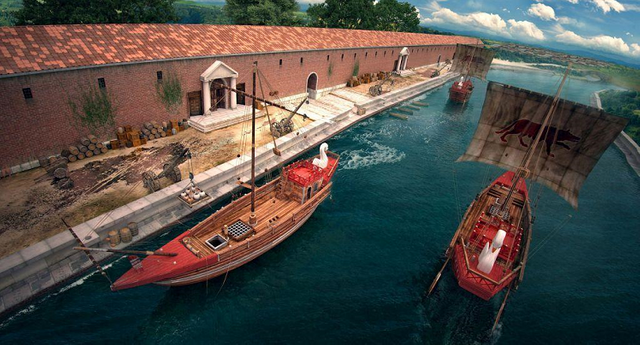
The famous geographer Strabon writes about Aquileia as follows: "The city is the market for the people of Illyrians living along the Danube. They come for marine products, wine that is poured into wooden barrels and then dragged them with carts and oil. The local population buys in Substitute for slaves, animals and leather. " In the city, which was growing ever more economically, new villas with atrium emerged in the 1st century, and mosaics in that area were already famous all the time. From the beginning of the 1st century, there are also the remains of three large private houses dug out of the CAL Area. Here, the homes were the richest inhabitants of the Aquileia who decorated their great villas with splendid floor mosaics, the fragments of which can still be admired today.
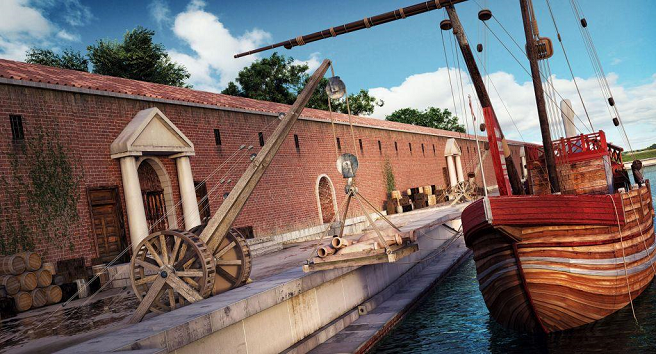
In the museum, which is considered one of the most important archaeological collections in northern Italy, the visitor knows that mosaics, according to which the city is known, are only one, indeed an important segment of the preserved history. The other represent wonderful sculptural creations from different periods and materials - terracotta from the beginning of the colony, marble and lime limestone, which were used primarily for architectural and tombstone plastics. Due to the divergent ties that the city had with all the Mediterranean sides, statues from Greece and Asia Minor were also accepted here.
How The City Looked Like
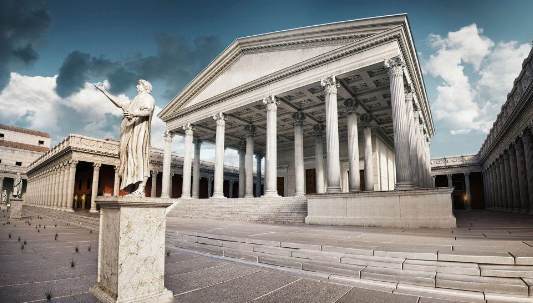
The National Archaeological Museum of Aquileia keeps a record that tells us much about the meaning of the city in the Roman Empire.
The city also has a symbolic meaning for the Romans, as it is an island of shelter within a potentially dangerous world. The outskirts are a sacred boundary that confuses the civilized from barbaric. Therefore, the Romans built the cities of gravity with all seriousness and always first checked that the situation was favorable, then the sacrifices were offered, and the foundation stone could be laid only on the right day (in the Roman calendar, there were real and inferior parts for each thing).
Market Place in Aquileia
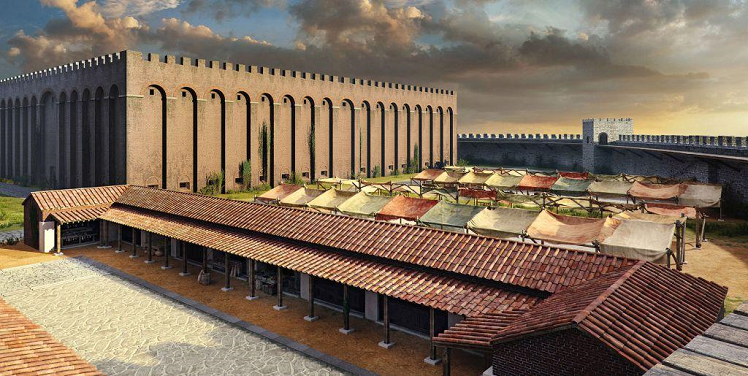
Amphitheater, in the area where the latest excavations are taking place
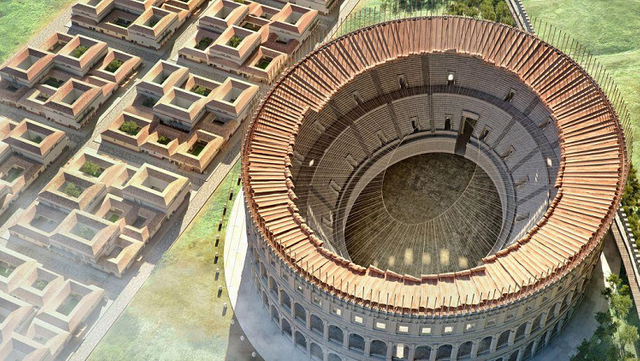
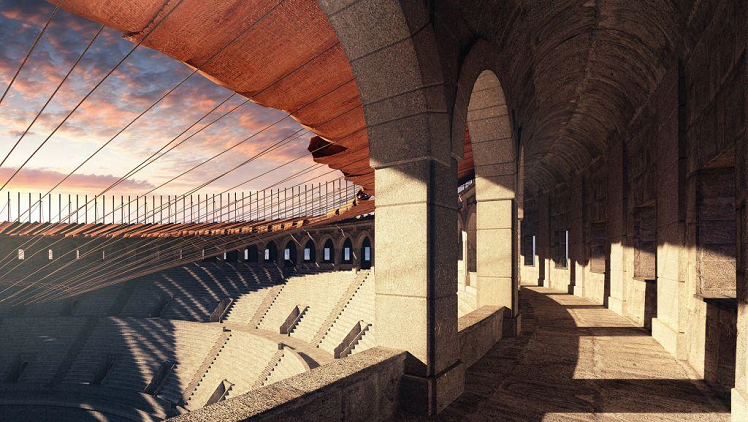
Roman House Of Titus
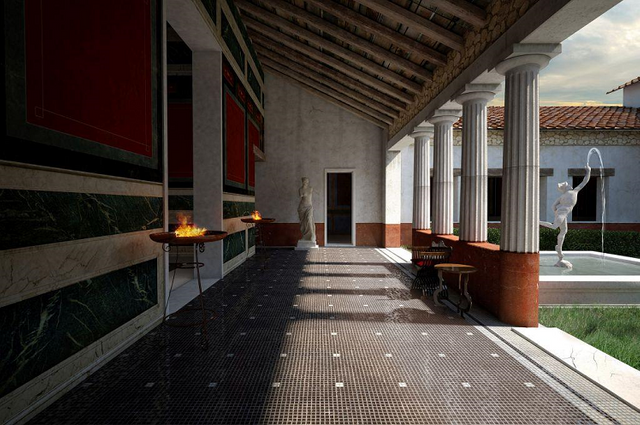
Sepolcreto
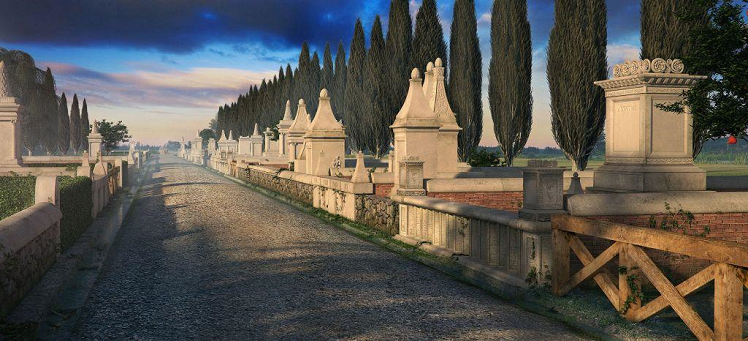
amazing and great photograph, remembered me to the Greece Movie
thank you for support :)
welcome
Must have been magnificent back in the day- also pretty brutal I imagine.